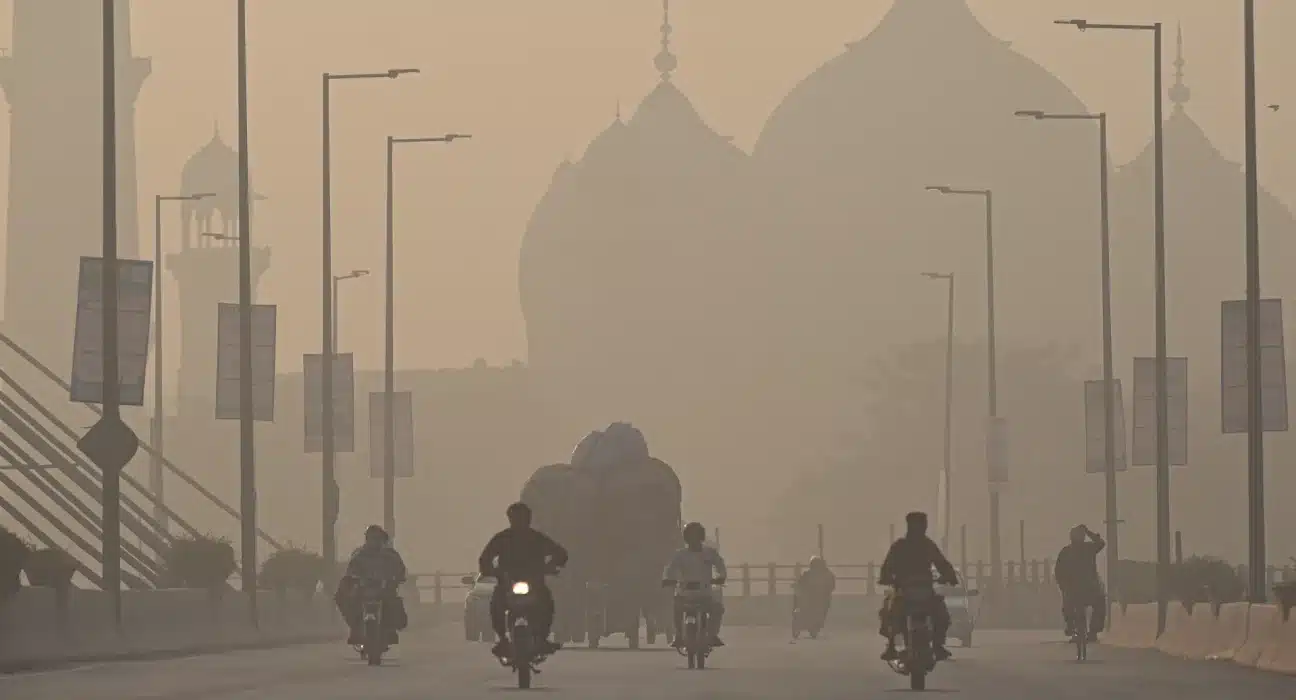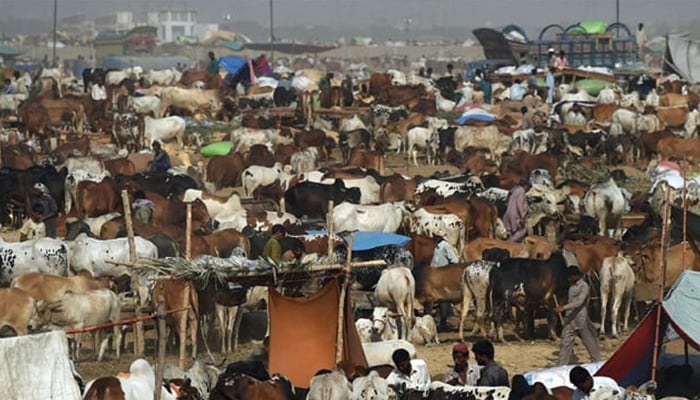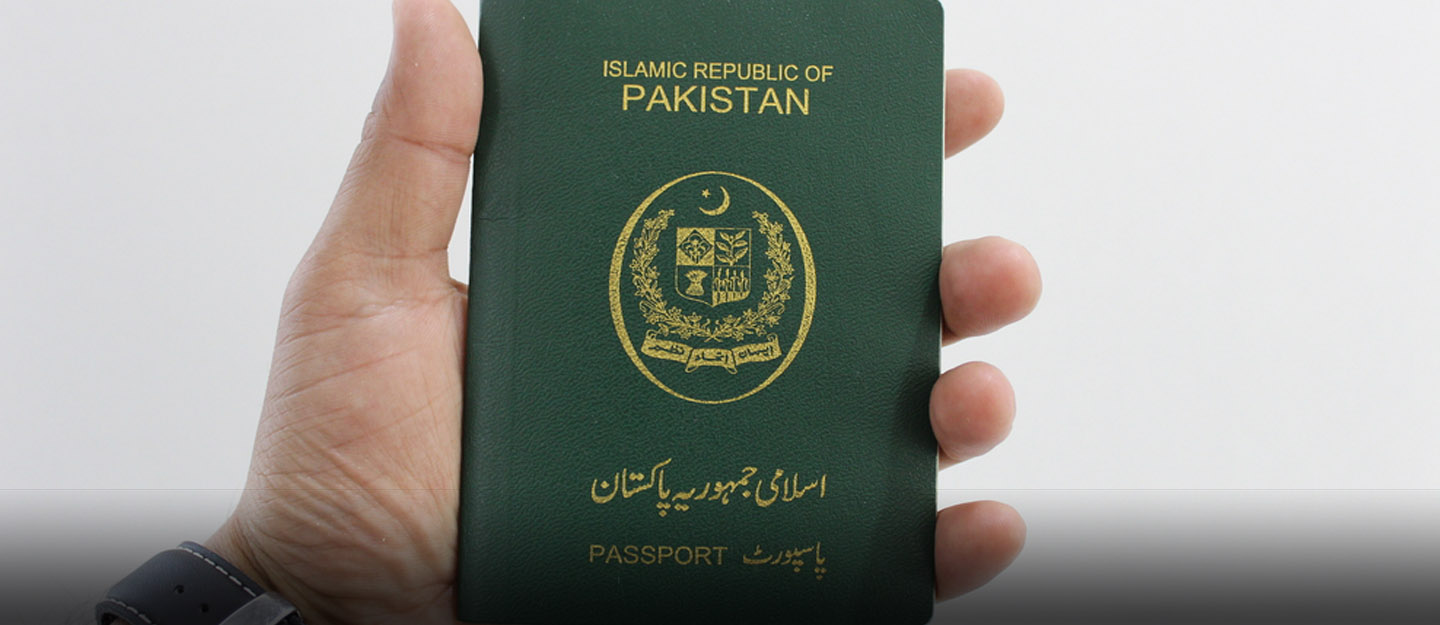Smog Continues to Choke Lahore as Air Quality Remains Hazardous
Smog continues to choke Lahore, as residents battle persistent haze and dangerous air quality. Despite official measures, the city shows little improvement.
The Punjab government claims to introduce stricter controls, but experts warn that short-term steps cannot reverse years of air pollution buildup.
Government Measures vs Rising Pollution
This year, officials launched an Environmental Protection Force to enforce anti-pollution regulations. They also rolled out a real-time monitoring and forecasting system.
But data reveals little change in overall pollution levels. The public remains heavily exposed to unhealthy air.
Lahore’s average Air Quality Index (AQI) in 2024 hovered around 126. In peak months, it reached over 200.
In 2025, AQI trends remain troubling. January’s average hit 178, February 142, and even mid-year months recorded values above safe thresholds.
Causes: Multiple Pollution Sources
Experts point to a mix of causes:
- Vehicle emissions from outdated engines
- Industrial discharge and lack of filtration
- Construction dust and poor site control
- Agricultural burning in surrounding rural areas
- Stagnant weather conditions trapping pollutants
Environmental scientist Aleem Butt notes that real change requires structural shifts—not just temporary measures.
He argues that policies like electric transport, industrial emission controls, and tax incentives for clean tech remain largely absent.
Health & Social Consequences
The smog’s impact hits vulnerable groups hardest. Children, older people, and respiratory illness sufferers suffer more.
Hospitals report surges in asthma, bronchitis, throat irritation, and eye problems.
Many avoid outdoor activities, schools issue warnings, and public life stays disrupted.
Expert Warnings & Long-Term Policy Gaps
Dr. Imran Hamid of the Punjab Environmental Protection Department acknowledges that Lahore can’t eliminate smog overnight. He cites China’s decade-long investment as a benchmark.
But he also stresses that Lahore needs regional cooperation with South Asian neighbors to tackle transboundary pollution.
Aleem Butt warns that watering roads or spraying water cannons offers only temporary relief. Long-term results may take 5 to 6 years.
He underscores the need for enforcement, green infrastructure, and consistent policy across administrations.
Forecasting Tools & Preventive Planning
Lahore’s new Air Quality Forecasting System can predict pollution levels up to seven days ahead. Officials hope it helps trigger preventive measures.
During high smog days, authorities plan to activate pollution control checkpoints, restrict heavy vehicle movement, and issue public health advisories.
But critics say planning without infrastructure is insufficient. Enforcement must follow forecasts.
Why Lahore Faces Persistent Smog
Lahore lies in a geographic basin, which traps air pollutants under certain weather conditions.
Urbanization and industrial expansion have outpaced regulations. Many new buildings lack dust mitigation practices.
Regional climatic patterns—wind direction, temperature inversion—often worsen smog during peak months.
The city also relies heavily on fossil fuels and lacks integrated public transport systems.
What Needs to Change
To truly improve air quality, Lahore must adopt:
- Sustainable transport: electric buses, low-emission vehicles
- Cleaner energy: renewable power in industries and homes
- Stricter industrial regulation including emissions limits
- Real-time enforcement across sectors, not just announcements
- Green urban planning: more trees, green buffers, dust barriers
Combined, these steps may slowly shift the air toward breathable levels.
Public Role & Actions
Citizens can contribute too:
- Use public transport or carpool
- Avoid burning biomass or trash
- Support green initiatives in communities
- Stay indoors during peak smog hours
- Wear certified masks outdoors
Grassroots pressure may push authorities to act more decisively.
Conclusion
As smog continues to choke Lahore, the city struggles under toxic haze. Despite government efforts, long-term structural reforms remain absent.
To rescue Lahore’s skies, Pakistan must combine forecasting tools with enforcement, incentives, and infrastructure investments. The public, industry, and government must act in unison.
Until systemic changes take hold, Lahore’s residents may remain forced to breathe in danger.







